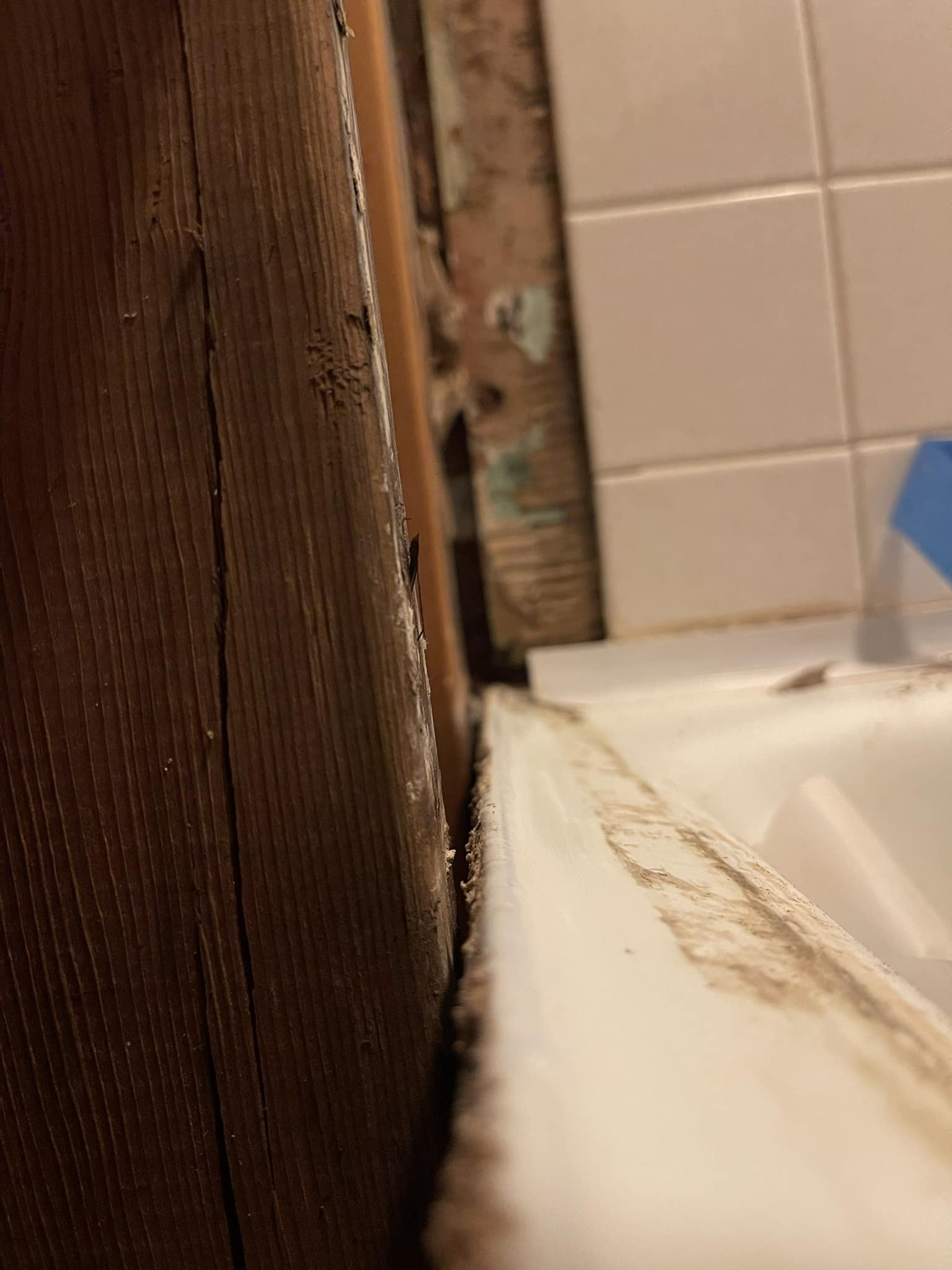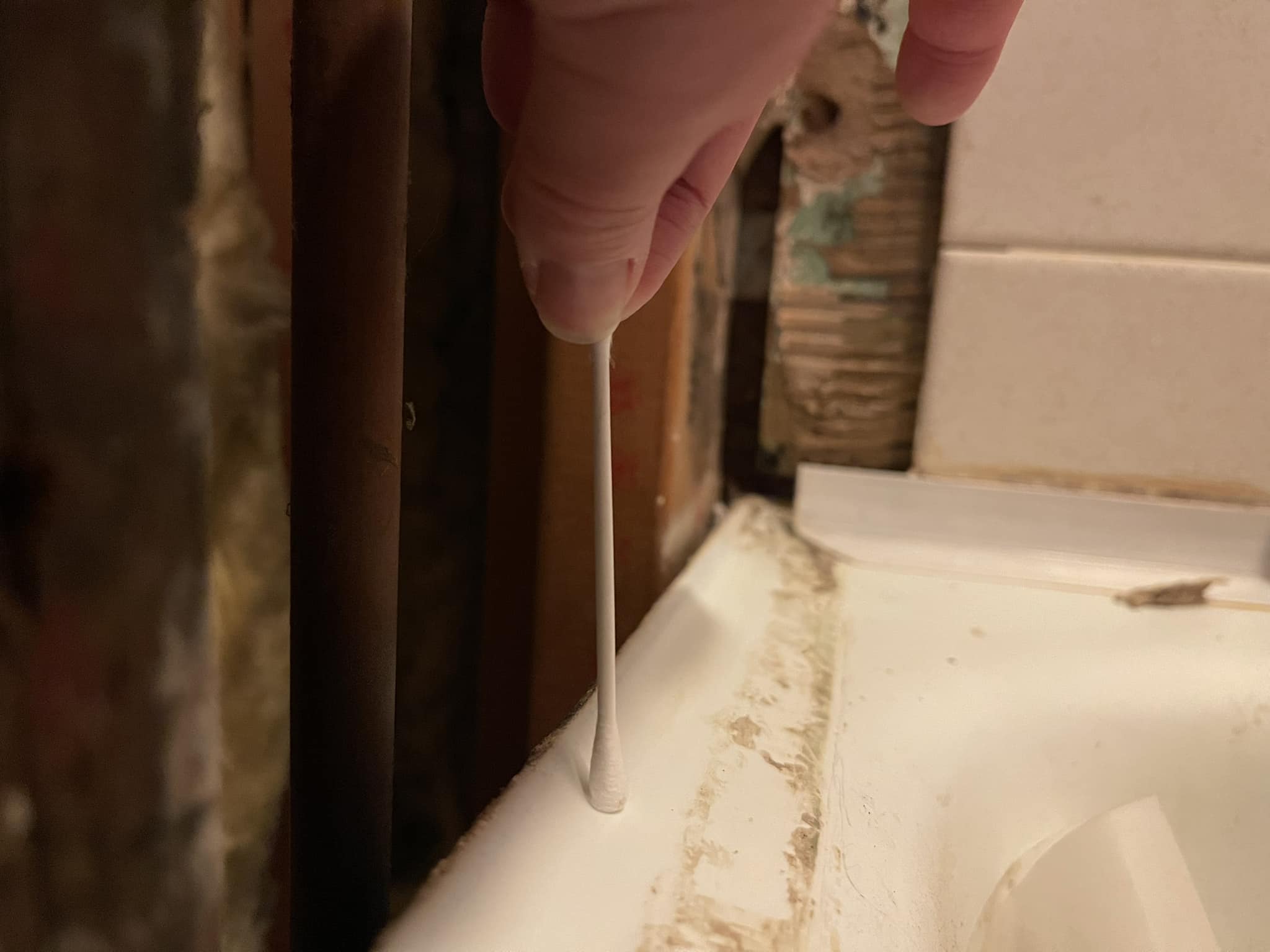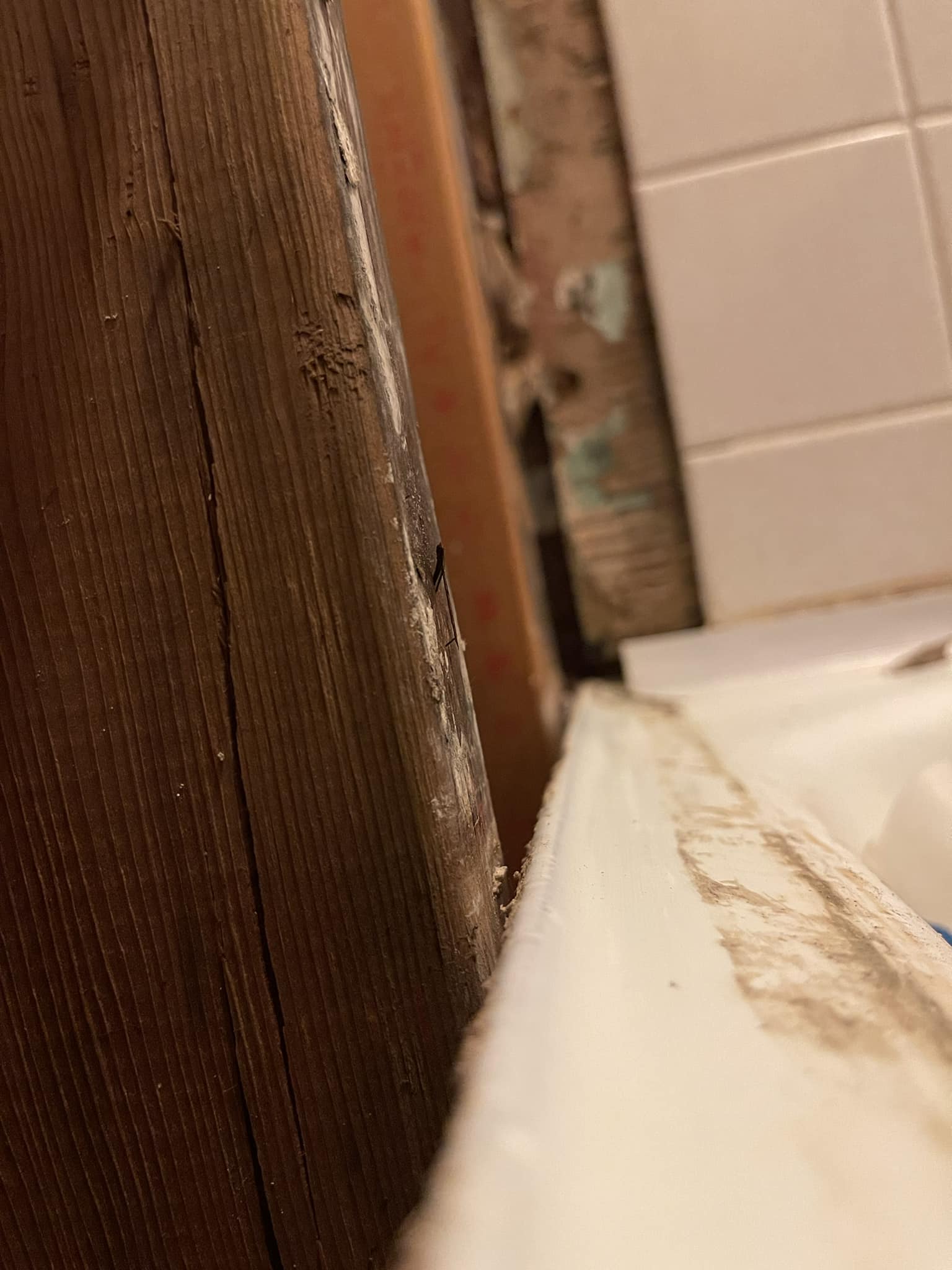Any advice on installing tile around a tub with no flange and avoiding the need for a new tub as a last resort?
8 months ago
Last Updated: October 26, 2024
Hey there! I’m in the midst of installing new tile around my tub, but I just realized my tub doesn’t have a flange. I really don’t want to go through the hassle of getting a new tub. Does anyone have any advice for me on what I should do instead?



Could you post a picture or a link to the tub?
Thank you so much, ! I posted it! I also included a drawing in a previous message for better visualization. The lower drawing shows the slight angled edge. I was anticipating a 90 degree flange similar to the top drawing.
Images
Just shared! I included a sketch in the previous discussion for better visualization. The lower sketch shows the actual appearance – slightly tilted with a small edge. I had anticipated a 90 degree flange similar to the upper sketch.
Hold up, we definitely need some pictures for this…could be a simple solution or a major mistake
Shared what I was able to. I’m thinking that maybe a ½ inch cement board above would work now that I see everything, but I’m not sure how to make sure it’s waterproof if I can’t tile over the edge.
I made a sketch to show you. The top right is what I was expecting (a 90-degree flange) with a good amount of edge to work with. The bottom is what it actually looks like – a very slight edge that is angled.
It should be fine to install the tile on top of the edge of the tub with spacers to leave room for caulking. If there’s no edge, you can screw in a strip of wood above the tub to support the bottom tile line, then replace it with a row of smaller tiles taped to the row above.
Hey , really appreciate your input! The edge is quite small and at an angle. I’m not sure if I can place anything right on top of it.
I’ve never come across a tub that doesn’t have an edge for tiling unless it’s a jetted tub designed to have tiles around it.
I had to completely take off the wall to realize that there is a very small but angled edge. I’m not sure of the best way to proceed.
Hey everyone! The lighting in the bathroom is really not great. Sorry for the not so great photos! It took a bit of time for my post to be approved – once I removed the first wall, I noticed a SMALL edge. It’s not straight up and down and doesn’t give me much to work with. You definitely can’t place a tile on top of it because it’s at an angle and not flat if that makes sense.
No content
No content
There’s a lip there. It’s an old cast iron tub. Place your 1\2 cement board on top of the lip with some kerdi sealant
That was so useful! I appreciate it! I was concerned about it not being waterproof that way. Do you think hardiebacker and aqua defense would work well?
Exactly. Sounds good. Some may suggest kerdi board or weidi board, but hardi and 3 coats of hydroban work well. Use mesh tape in hydroban for all joints and seams. Leave a 1/8-inch gap at the tile-to-tub flange. Finally, grout with matching color silicone at that gap once the job is complete.
You’ve been incredibly helpful, I appreciate it. You’ve really boosted my confidence for this project. I was getting quite anxious. Thanks a lot 😊
No worries. Best of luck and take your time. The important thing is to ensure everything is even and straight. If the tub isn’t level, start a row above and use a ledger board for support. The first row of tiles should be perfectly level. Begin with the long back wall, then move on to the sides to hide any cut tiles in the corners. Once finished, remove the ledger board, seal the screw holes, and tile the bottom circle, cutting each tile to match the tub’s slope.
There are plenty of videos on this topic on YouTube. Grab a wet saw and a laser level.
Hey , once you prepare the wall, it will be taller than that. The tiles won’t stick to the tub regardless. You’ll need to use silicone to seal it.
Make sure to put rubber flashing before installing the tile.
So, the tiles shouldn’t touch the tub, right?
What type of material are you using as a backer before tiling? I suggest investing in a good quality poly sealant, applying it to the tub edge, and then pressing the backer down into it. Trim any excess and you’re good to go! Check out the example link below.
Try spacing out the studs using plywood strips and then placing the concrete board on the tub edge with some sealant. It works like a charm!
Depending on the age of your tub, you might be able to look up the installation instructions online and that could possibly give you some guidance. Try doing a Google image search as well. When we took out our old tub, we found the model information on the bottom, but you might not see it. Look for any names or numbers elsewhere, possibly on the bottom corners. This might end up being a bit of a “make it work” situation where you have to get really creative. I remember someone suggesting rubber flashing or maybe the Schluter system paper, then possibly using some angled cement board that can bend a bit over the curve but still maintain waterproofing behind it and on top of the cement board. Unless you opt for the traditional lath and cement method they used to do in the past, which could help gradually straighten out the angle as you move up the wall. Not sure if that makes sense. This is definitely a challenging situation!
Apply a sticky membrane so it slightly overlaps the lip (about 1/4 – 1/2 inch).
Run a line of LEXEL
Next, use half an inch of durorock, tapering the bottom to match the angle. Press it into the LEXEL
Coat everything with Red Guard
Proceed to install your tile
After completion, seal it thoroughly with caulk
You may need to consider adding blocking between the studs near the top of the tub to make the foundation stronger
Here’s a small image to assist. Make sure to utilize concrete backer or some other water-resistant backer instead of just drywall. The backer should extend down to the top of the tub lip. Your tile should then extend a bit further past the backer without touching the tub lip to prevent cracking. Finish by applying a quality silicone caulking between the tile and tub…
Yes, and make sure to put a moisture barrier on the backer board before tiling, such as RedGard. Well said Patricia.
That’s great! Just what you need for directions. Please remember to disable comments.
My husband pitched in to assist…